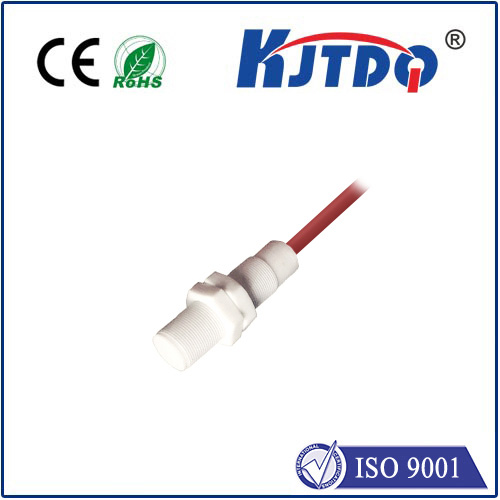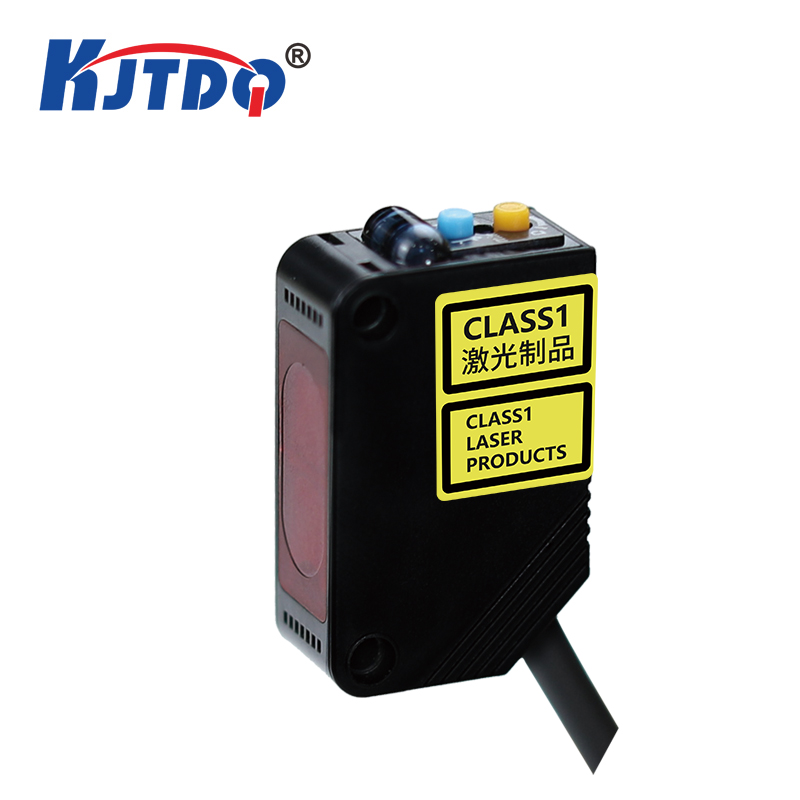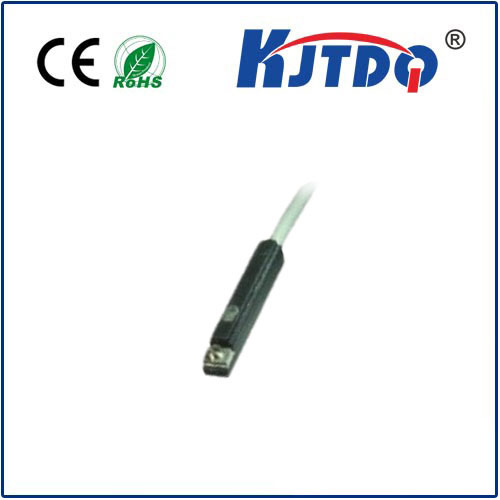

check

check

check

check
In the complex world of industrial automation, reliably detecting objects isn’t always straightforward. Shiny surfaces, varying colors, inconsistent distances, and distracting backgrounds can plague traditional photoelectric sensors, leading to costly false triggers or missed detections. This is where the E3Z-T87 diffuse sensor with background suppression steps in, offering a sophisticated solution designed explicitly to cut through these complexities. It represents a targeted approach to photoelectric sensing, combining simplicity with advanced optical technology for demanding applications.
Understanding the Core Technology: Diffuse Sensing with a Twist
At its foundation, the E3Z-T87 operates on the diffuse reflection principle. This means it houses both the light emitter (typically an infrared LED) and the receiver in a single housing. The emitter sends out a beam of light. When this beam strikes a target object, light diffusely reflects (scatters) in many directions. Some of this scattered light finds its way back to the receiver within the sensor. A detection occurs when the amount of returned light surpasses a set threshold.
The Challenge: Standard diffuse sensors are sensitive to the overall intensity of the reflected light. This makes them susceptible to:
Distant Background Objects: Something far away might reflect enough light to trigger the sensor accidentally if it’s large or highly reflective.
Varying Reflectivity: Dark objects reflect less light than light ones, potentially causing missed detections if the threshold isn’t constantly adjusted.
Shiny Surfaces: Glossy targets can cause erratic signals due to specular reflection angles.

The Solution: Background Suppression (BGS): This is the E3Z-T87’s defining superpower. Unlike simple intensity-based sensing, background suppression technology incorporates triangulation. The receiver isn’t a single point; it uses an array or a position-sensitive element. The sensor analyzes the angle at which the reflected light returns.
Light reflecting off an object at the designed focal point hits a specific area on the receiver array.
Light reflecting off an object closer than the focal point hits the array differently (one side).
Light reflecting off an object farther away (the background) hits a different, distinct area of the array.
The sensor’s electronics are programmed to respond only to the light hitting the specific portion of the receiver corresponding to objects within its designated sensing window. Light reflecting from backgrounds beyond this set distance is actively ignored, regardless of how bright it might be.
Key Advantages of the E3Z-T87 with BGS
This sophisticated approach delivers tangible benefits:
Where the E3Z-T87 Diffuse Sensor with BGS Shines (Applications)
The unique strengths make this sensor ideal for scenarios plagued by challenging backgrounds or variable targets:
Ensuring Optimal Performance
To maximize the effectiveness of your E3Z-T87 with background suppression:
The Verdict: Precision Where it Matters
The Omron E3Z-T87 diffuse sensor with background suppression is not just another photoelectric sensor. It’s a targeted solution engineered for reliability in environments where unpredictable backgrounds or variable target reflectivity wreak havoc on simpler technologies. Its ability to intelligently discern objects within a precise zone while actively ignoring distractions beyond that point makes it an indispensable tool. By deploying the E3Z-T87 strategically, engineers can significantly enhance detection reliability, minimize downtime caused by false signals, and ultimately achieve smoother, more robust automation processes demanding precision object presence verification. It exemplifies how advanced optical principles, elegantly packaged, solve persistent industrial challenges.









